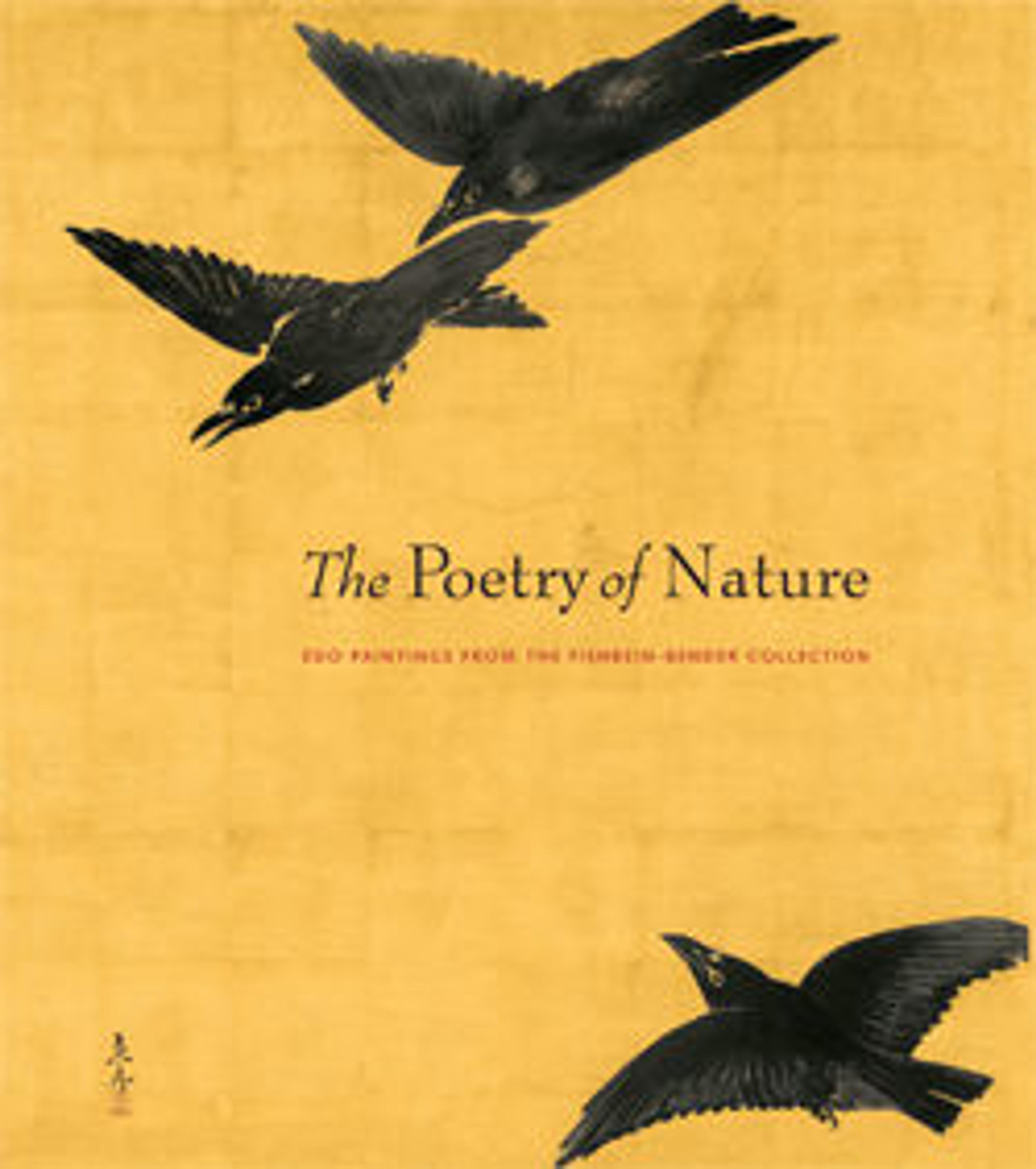Standing Courtesan
A courtesan, statuesque and regal in pose, has paused her procession to glance back, perhaps to acknowledge an admirer. Kaigetsudō Ando was the founder of a studio of artists that produced woodblock prints and paintings of the high-ranking women of the demimonde. Here a poem card (shikishi) is inscribed with a poem attributed to Sarumaru Dayu (active late 8th century) that was made famous through its inclusion in One Hundred Poems by One Hundred Poets (Hyakunin isshu):
Oku yama ni
momiji fumi-wake
naku shika no
koe kiku toki zo
aki wa kanashiki
Deep in the mountains,
traipsing through leaves,
a deer cries for its mate—
when I hear that sound,
it’s autumn at its saddest.
—Trans. John T. Carpenter
Oku yama ni
momiji fumi-wake
naku shika no
koe kiku toki zo
aki wa kanashiki
Deep in the mountains,
traipsing through leaves,
a deer cries for its mate—
when I hear that sound,
it’s autumn at its saddest.
—Trans. John T. Carpenter
Artwork Details
- 懐月堂安度筆 立姿遊女図
- Title: Standing Courtesan
- Artist: Kaigetsudō Ando (Japanese, ca. 1671–1743)
- Period: Edo period (1615–1868)
- Date: early 18th century
- Culture: Japan
- Medium: Hanging scroll, mounted as panel; ink and color on paper
- Dimensions: Image: 40 15/16 × 16 5/8 in. (104 × 42.2 cm)
Overall with mounting: 44 7/8 × 20 1/2 in. (114 × 52 cm) - Classification: Paintings
- Credit Line: Mary Griggs Burke Collection, Gift of the Mary and Jackson Burke Foundation, 2015
- Object Number: 2015.300.118
- Curatorial Department: Asian Art
More Artwork
Research Resources
The Met provides unparalleled resources for research and welcomes an international community of students and scholars. The Met's Open Access API is where creators and researchers can connect to the The Met collection. Open Access data and public domain images are available for unrestricted commercial and noncommercial use without permission or fee.
To request images under copyright and other restrictions, please use this Image Request form.
Feedback
We continue to research and examine historical and cultural context for objects in The Met collection. If you have comments or questions about this object record, please contact us using the form below. The Museum looks forward to receiving your comments.
